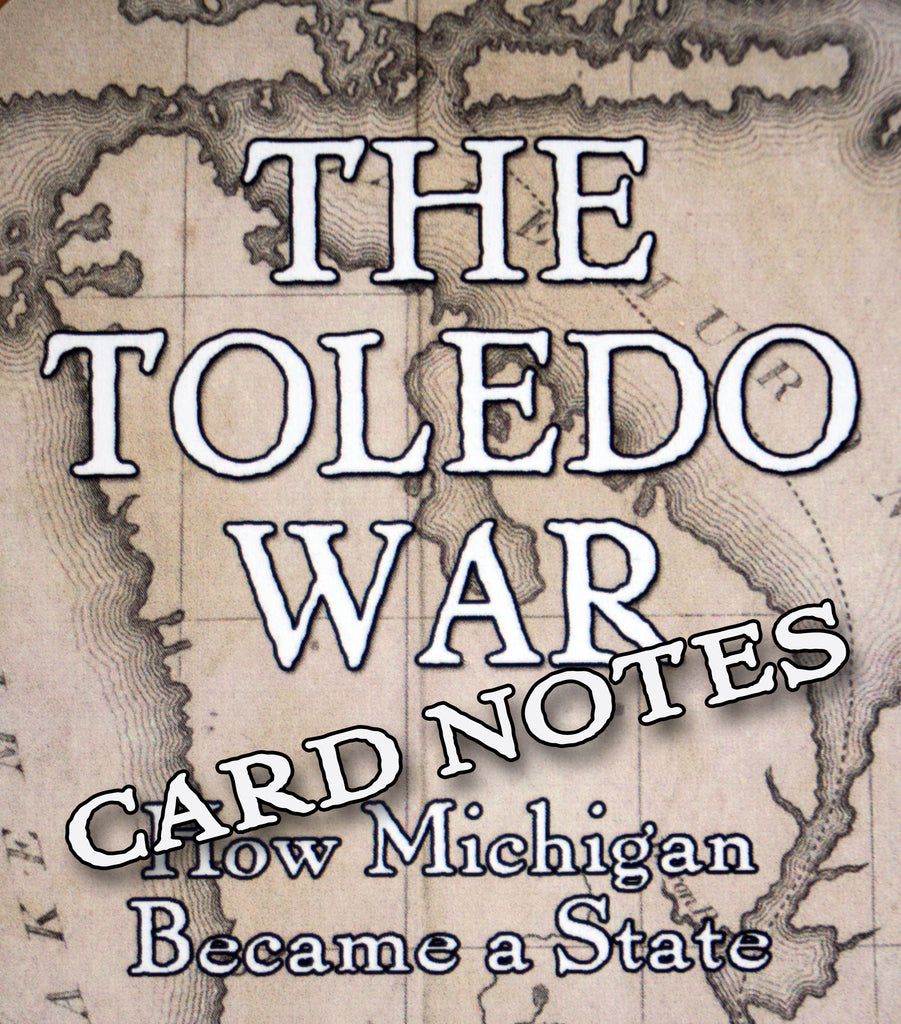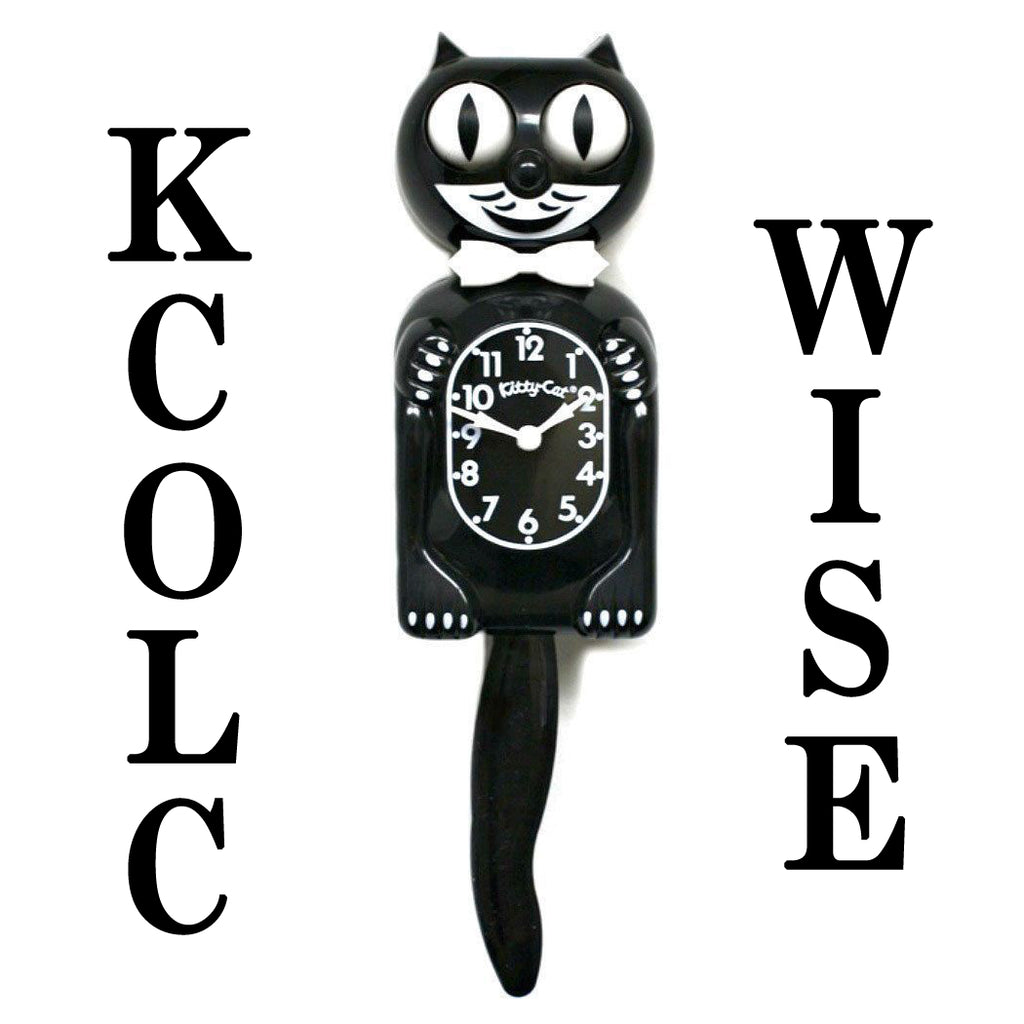Hollandazed: Thoughts, Ideas, and Miscellany
FROM THE ARCHIVES: ANY, ALL, OR NONE (OR ONE) [by Tom Russell]
![FROM THE ARCHIVES: ANY, ALL, OR NONE (OR ONE) [by Tom Russell]](http://hollandspiele.com/cdn/shop/articles/any_all_979c18e7-aeb5-409e-a38b-9ca27d972d92_1024x1024.jpg?v=1572124888)
I read once somewhere that one of the biggest challenges that Charles S. Roberts faced when he invented the commercial board wargame was explaining to players that they could move more than one piece on a turn. That they could, indeed, move every piece on a turn if they so chose. This idea is so central to the illusion of maneuver that powers the hex-and-counter idiom that we who speak its language sometimes fail to recognize how strange and extraordinary it really is. This gaming table constructed in Mainz, Germany (1735) and displayed in the Cleveland Museum of Art combines...
TOLEDO WAR CARD NOTES (by Tom Russell)

As promised in last week's blog-thing, this time around I'm going to dig in a bit to explain the fifteen event cards in The Toledo War. As you might recall, other than the two Mandatory Events, each card is associated with a side (Ohio or Michigan) and an aspect of the conflict (Authority, Belligerence, or Claim). When playing your own card, it can be either for the event or as influence for the specified A-B-C card; when playing your opponent's card, it gives you Influence that can be applied to any A-B-C (usually just 1 Influence). Authority Cards 1. Andrew...
FROM THE ARCHIVES: SOME VERY QUICK THOUGHTS ON FORCED JUMPS (by Tom Russell)

When it comes to traditional abstract games, Chess is arguably the King (and Queen, and Bishop, and Rook). Only Go rivals it for popularity and fanaticism. Backgammon is older than both of them, and I actually find it more dynamic than Chess, but it hardly has the same following or the same kind of serious attention afforded to it. Only hardcore abstract enthusiasts have time for oddities like Nine Men's Morris or Fox and Geese, and even children get bored with Tic-Tac-Toe pretty rapidly. And then there's Draughts (or Checkers). Draughts gets a bad rap. At least in the case...
DESIGNING THE TOLEDO WAR (by Tom Russell)

As you probably know by now, every year I design a "freebie" game that is given away during our annual end-of-year Hollandays Sale. This year's game is The Toledo War, a card game about the 1835-36 border dispute between the State of Ohio and the Territory of Michigan. This conflict is quite obscure, and even Michiganders and Ohioans are unlikely to regard it as more than a piece of trivia. The broad outlines of the conflict are as follows: both Michigan and Ohio professed a claim to 468 square miles called the Toledo Strip. I'm going to say that Michigan's...
FROM THE ARCHIVES: CLOCKWISE (by Tom Russell)

Because I primarily design wargames, most of my designs are for two players. As a result, the structure of the game is usually a series of alternating player turns or impulses: player A then player B then player A then player B and on and on until one of you wins. Now, there's usually a little more to it than that. In the Shields & Swords II games, for example, it's possible for a player to take two turns in a row, while the initiative roll in Supply Lines determines which side goes first in a given Game Turn. But...
